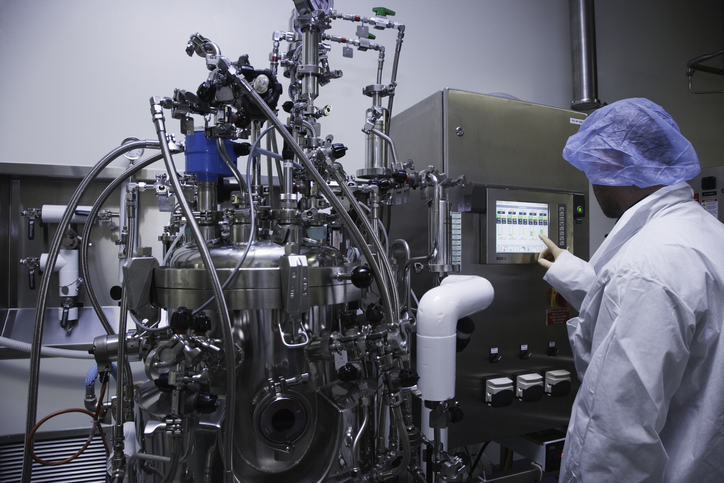Maintaining pH within a particular range is crucial for cell survival. Although some organisms can survive and even prosper in a wider pH range than others, bioprocessing’s popular Chinese hamster ovary (CHO) cells grow the best at a pH of 7.0–7.2. But what’s the best way to monitor pH during upstream bioprocessing?
Recently, Erica Fratz-Berilla, PhD, senior research scientist at the FDA’s Center for Drug Evaluation and Research in Silver Spring, MD, and her colleagues tested electrochemical and optical sensors in upstream bioprocessing. “The traditional means of measuring pH in bioreactors is with an electrochemical probe that can withstand and maintain accuracy through repeated sterilization cycles,” these scientists reported. “An alternative technique for measuring pH is an optical sensor composed of a fluorescent dye that is sensitive to the hydrogen ion concentration.”
According to Fratz-Berilla and her colleagues, most in-line sensors have been electrochemical, but they pointed out that “optical pH sensors are found in some microbioreactors and benchtop single-use bioreactors, as well as on rocking bioreactor bags and even certain shake flasks.” So, this team compared electrochemical and optical sensors—both single-use versions—in different bioreactors, including stirred-tank and rocking ones.
The results showed that the optical pH sensors tended to be less accurate than electrochemical ones, but that the latter were less accurate as a batch of cells aged. So, Fratz-Berilla and her colleagues concluded that “single-use pH sensors offer a convenient means to measure pH during an upstream bioprocess, but the limitations of these sensors should be built into process control such that deviations in process pH, and consequently potential fluctuations in product quality, can be avoided.”


